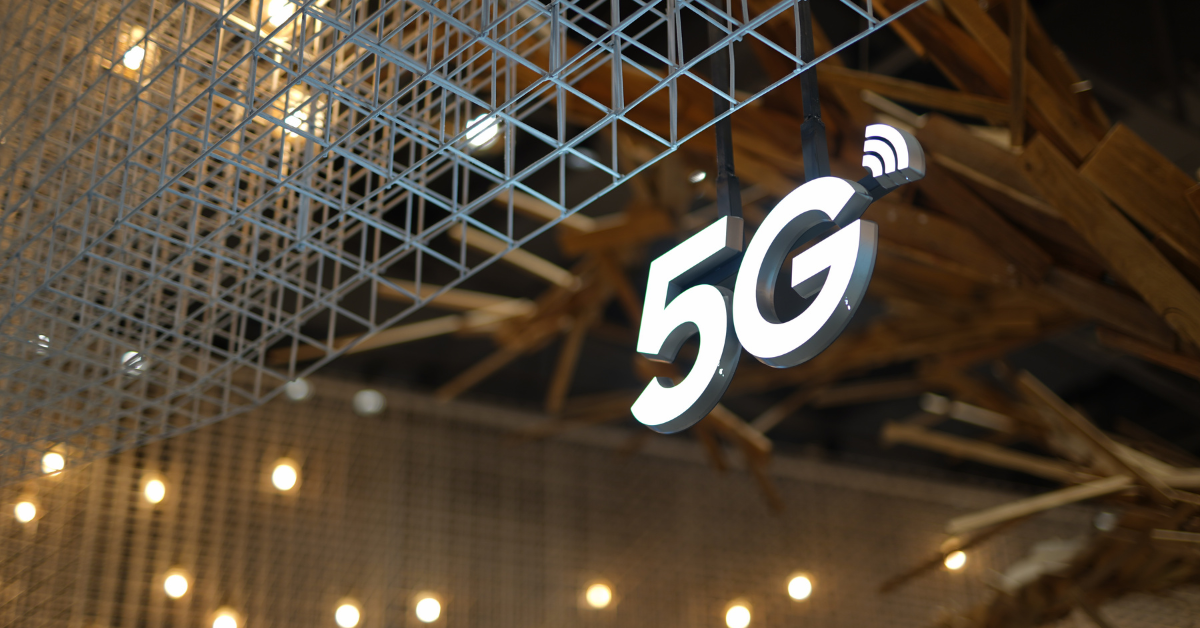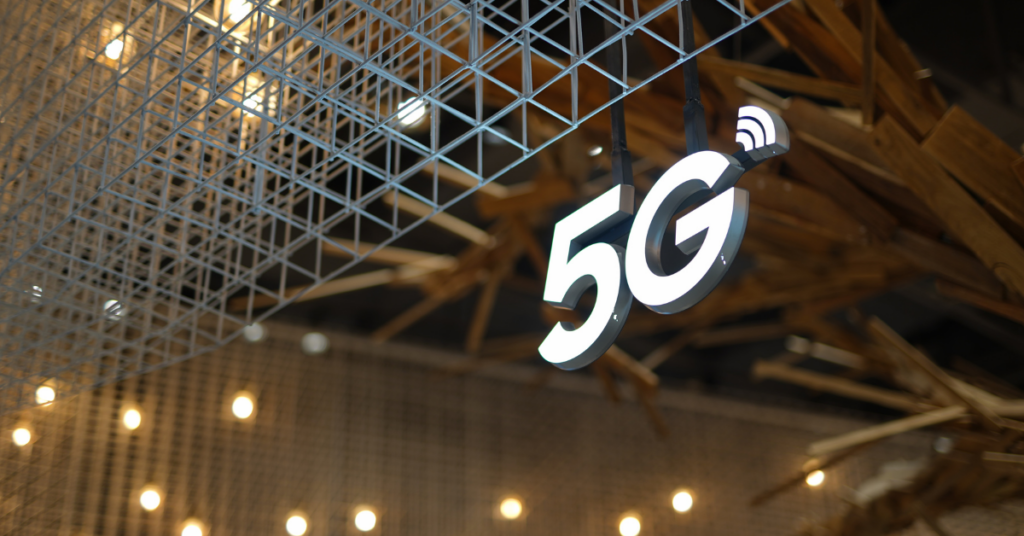Instagram may be using your photos to train their AI

If you use Facebook or Instagram, you have probably heard of Meta, their parent company. Meta is planning to train their artificial intelligence, or AI, tools. How they are planning on doing that, though, is drawing in some criticism.
They are planning on using users public photos and posts to train their AI by updating their privacy policy from June 26th. This move has ignited concerns among digital rights groups who argue it constitutes a significant breach of user privacy.
Noyb, a prominent European campaign group advocating for digital rights, has taken a strong stance against Meta’s plan. The organization has filed complaints with data protection authorities across Europe, vehemently arguing that Meta’s approach is a blatant “abuse of personal data for AI.” Noyb contends that Meta should be obligated to obtain explicit user consent rather than relying on a system that requires users to actively opt-out.
In defense of its actions, Meta maintains that its data use practices fully comply with all relevant privacy laws and regulations. The company argues that its approach is consistent with how other major technology companies utilize data to develop and refine their AI products. Meta further emphasizes the importance of this data in creating AI experiences that are tailored to the specific cultural nuances and languages prevalent within European communities.
Beyond the core issue of data usage, Meta has also come under fire for the way it has informed users about the upcoming changes and the opt-out process itself. Critics have slammed the process as convoluted and deliberately designed to discourage users from exercising their right to opt-out.
The controversy has reached the desks of data protection authorities, with the Irish Data Protection Commission confirming that it is investigating the matter after receiving a formal complaint from Noyb. The commission is headquartered in Dublin due to Meta’s European base being located there.
Can I prevent this from happening to me?
It’s possible to opt out, but Meta has made sure it will be just a little difficult to do so. Here is a step by step guide:
1. On Instagram, you need to go to profile settings and keep scrolling until the very bottom.
2. You will see an about icon; click it, then click privacy policy
3. Then you need to click on the right to object link, which takes you to a form that you need to fill out to explain why you don’t want your data to be used.














